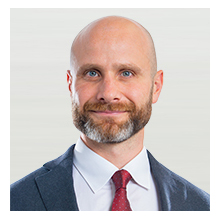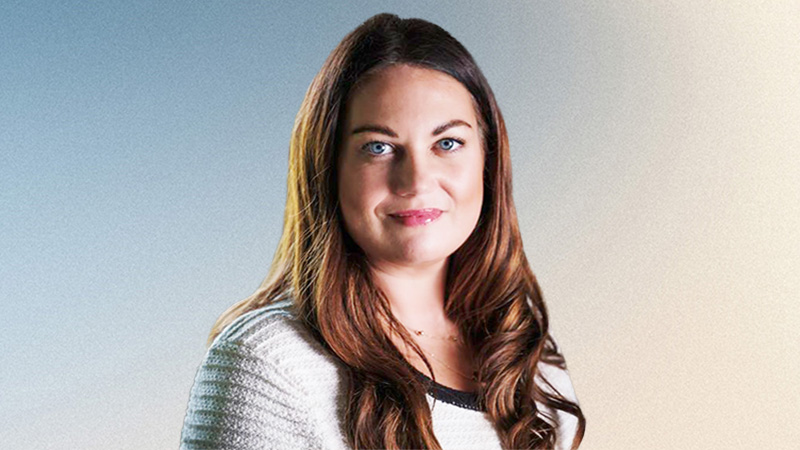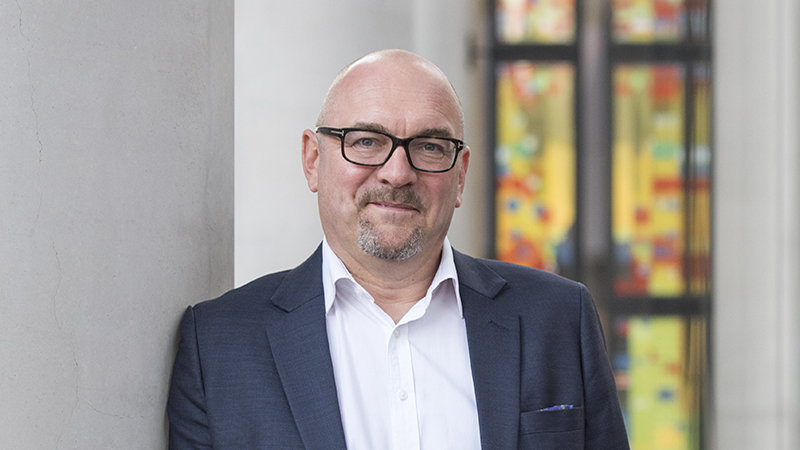In the latest in our regular series, Portfolio Adviser hears from Adam Brown, head of global distribution at Fidante (pictured below)
Which particular asset classes and strategies do you anticipate your intermediary clients focusing on in 2024?

In 2024, we anticipate our intermediary clients will focus on a range of asset classes and strategies that offer diversification, stability, and sustainability. Asset-backed securities are likely to be of significant interest, providing more stable returns and diversification benefits amidst uncertain market conditions. Additionally, private markets with strong sustainable angles will also be appealing. For example, two of our affiliate managers include Proterra Asia, a private equity firm that focuses exclusively on investing in the Asian food sector, and Resonance Asset Management, an infrastructure focused private markets investor, investing in sustainable infrastructure and energy transition businesses that are enabling the energy transition through resource recovery and renewable energy generation and management.
Should end-investors – and, by association, asset managers – be thinking beyond equity and bond investments? Towards what?
End-investors and asset managers should certainly be thinking beyond traditional equity and bond investments as we approach the back end of 2024. The heightened geopolitical risks, especially around food and energy security, mean that those associated sectors will continue to undergo significant innovation, offering both opportunities and risks. Private markets, in particular, are at the forefront of bringing these developments to the market.
See also: Track to the Future – with Federated Hermes’ Clive Selman
The rise in securitisation also provides opportunities, particularly for institutional investors. The rehabilitation of the asset class post-GFC is being driven by institutional investors because securitized credit can offer higher returns than traditional fixed income, with similar credit charges. The asset class can also provide liquidity, which can be useful in times of need. Securitized credit can help diversify collateral pools and also offer flexibility to move across credit opportunities and capitalize on its floating rate nature. We anticipate this will filter down to intermediary clients soon. Securitized products are experiencing growing demand, making them an increasingly positive option for investors looking for alternatives beyond equities and bonds. We believe it is a materially under owned asset class.
To what extent do private assets and markets fit into your thinking? What are the currents pros and cons for investors?
Fidante, as a multi-affiliate manager, partners with investment managers across both public and private market investment strategies.
With rising interest rates and higher correlations between traditional asset classes, private assets and markets can bring immense diversification benefits into investment strategies, which can act as shock absorbers in a diversified portfolio. Private markets also offer an illiquidity premium, providing the potential for enhanced returns for investors willing to lock up their capital for a certain period. As a business, we are particularly focussed on working with some of the early movers in the LTAF space to help provide specialist manager capabilities to the broader market.
Given client and regulatory pressure on charges, how is your business delivering value for money to intermediaries and end-clients?
Our business delivers value for money by focusing on bringing specialist managers to the market, rather than commoditising products. This approach allows us to offer diversification and unique investment opportunities, ensuring that clients get real value without compromising on quality. While we are not engaged in a race to the bottom on fees, our charges remain competitive compared to peers because of the distinctive expertise and performance our managers bring. This gives us some pricing power, as clients recognize the value we offer.
How much of your distribution is currently oriented towards climate change, net zero, biodiversity and other segments of sustainable investing? How do you see this approach to investing evolving?
Our objective as a business is not to suddenly become a multi-affiliate model only focused on ESG or impact managers, even though many of our affiliate partner managers have the credentials to be labelled as such. However, that’s ultimately because of the investment imperative, not because we’re distribution led.
See also: Track to the Future – with BlackRock’s Heather Christie
For example, one of our affiliates, Resonance, does not position themselves as an ESG manager, yet they were one of the first backers of onshore wind back in 2010. Fidante’s entire focus is to develop a platform across public and private markets, across asset classes, that’s diversified and populated with managers that have an identifiable edge, whatever that may be.
How are you now balancing face-to-face and virtual distribution? In a similar vein, how are you balancing working from home and in the office?
The transition to a more hybrid model of working has suited us well. As an Australian-based business, it softened one of our greatest challenges: distribution to areas outside of Australia where many of our managers still reside. In that way, it has levelled the playing field, allowing us to improve efficiency for both our affiliate managers and clients through arranging virtual conversations in the early stages of investment discussions.
What do you do outside of work?
As a new dad, the answer to this question has changed a lot in the last year. I did like to get stuck into endurance style events, but that’s been put firmly on the backburner whilst I focus on trying to get a baseline level of sleep! I remain a loyal Saracens supporter, although I haven’t laced up my boots in well over a decade. Skiing is probably when I’m at my happiest.
What is the most extraordinary thing you’ve seen in your life?
Being charged by an African Bull elephant in Kruger National Park is up there, a sharp contrast to a typical day in the city. The Ford KA I was in at the time didn’t provide an illusion of safety and I burnt the clutch as I hastened my getaway! For such a big animal they can really shift!!
Looking a little further ahead, in what ways do you see the asset management sector evolving over the next few years?
Recently, we launched a report assessing European institutional investor attitudes to allocating to specialist managers. Almost two-thirds of surveyed investors believed that the asset management sector is lacking specialist investment managers, while also perceiving those strategies to be higher risk. At the same time, the trillion-dollar club is growing, presenting a challenge to the squeezed middle, with increasing costs and reduced fees.
See also: Track to the Future – with Sarasin & Partners’ Christopher Cade
Because of this, as well as what our report showed, we see the multi-affiliate model becoming more favoured for its potential to reduce compliance and regulatory risks, mitigate ESG and greenwashing risk and allow managers to concentrate on making informed investment decisions. Indeed, in our survey, 83% of respondents indicated they would be more likely to invest in a specialist manager who is supported by a multi-affiliate investment management partner. This model will facilitate new market entrants over the next few years, thereby maintaining quality and competition in investment strategies.










